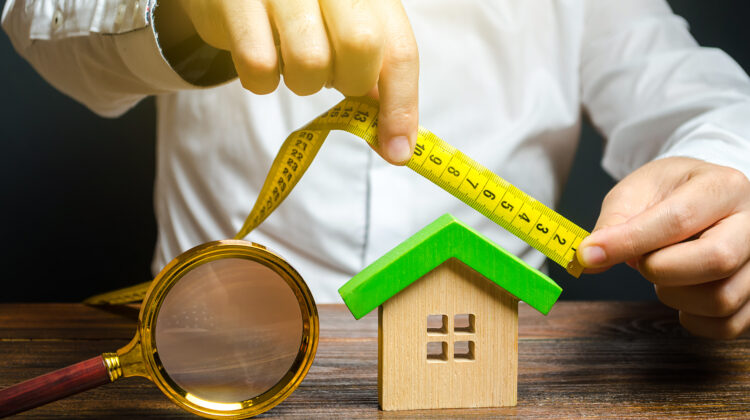
Finland paves the way for clear and science-based guidelines worldwide, with its revised standard for acoustic environments in buildings. Developed by the country’s leading acousticians, the standard is established in the business and among policymakers.
In 2017, Finland’s Ministry of the Environment issued a decree on the Acoustic Environment of Buildings. Several parts of the existing acoustic standard from 2004 were now out of date. An intense work involving the country’s leading acoustic designers, consultants, and scientists started in 2021. Almost two years later, in December 2022, the second edition of the Finnish standard SFS 5907, Acoustical Design and Quality Classes of Buildings, was published.
“This is a big step forward. The new standard covers basically all buildings, except theaters, concert halls and cinemas. It is more detailed, and comprises more types of buildings and rooms,” DSc Mikko Kylliäinen, chair of the revision committee and director of the department for acoustical engineering at AINS Group, says.
A standard based on scientific evidence
An apparent change is that the number of acoustical classes has decreased from four to three. With the classification A1-A3, where A3 applies to existing buildings, the Finnish standard now has only two classes for new buildings. This makes the standard more distinct and adapted to reality. It also considers what activities different spaces are intended for, like Activity Based Design and open learning spaces at schools.

“But the big difference is that the revised standard is science based, while the old was more experienced based,” Mikko Kylliäinen states.
With 41 references to scientific works, it is obvious that the committee found the new standard on a robust, scientific ground. The sound insulation requirements for offices are just one example.
“It used to be 35 dB, a number that was not based on anything, it was just a level that seemed fair. Now we have changed it to 40 dB, based on scientific research and measurements. Another example is the guidelines for open learning spaces in school. It is based on research that did not exist before”, Mikko Kylliäinen says.
An extensive range of reference values
The new Finnish standard uses reference values from six definitions, or areas, that affect the acoustic environment. These are extensive and include most sources of disturbance, even ground-borne noise and vibrations from railway traffic:
- Sound level:
a) caused by heating, plumbing, air-conditioning, and electrical appliances in the building.
b) caused by sound sources outside the building. - Room acoustics:
a) Reverberation time.
b) Speech transmission index, STI. - Airborne sound insulation.
- Impact sound insulation.
- Ground-borne noise caused by railway traffic.
- Vibrations caused by railway traffic.
Of these, ground-borne noise and vibrations caused by railway traffic are new components in the standard.
“That is an important addition, as this can affect people in apartments, schools, hospitals and office buildings near railways,” Mikko Kylliäinen explains.
A useful and normative acoustic standard
Overall, Mikko Kylliäinen is very satisfied with the revision.
“This will be the most effective document that controls and guides acoustical construction in Finland. 20 years ago, stakeholders neglected these issues, but that is not the case anymore. The first edition changed that, as it had a big and important impact.”
Pauli Pallaskorpi, concept developer at Ecophon Finland, says the revised standard is an important tool to get stakeholders to understand the importance of a good acoustical environment.
“I always use the standard as a good argument and guideline for creating an optimal acoustic environment. It is very useful, as the best acousticians in Finland have developed the standard based on the latest scientifical research findings.”
Almost no one met up to the highest class according to the old standard. The ambition is that the new highest class, A1, will be normative.
“I would say it is quite easy to meet A1 level. By achieving class A1, you will for sure get a good sound environment,” Pauli Pallaskorpi states.
The previous post on the standard can be found here Room acoustics tool added to Finnish Standard SFS 5907 (2006)

